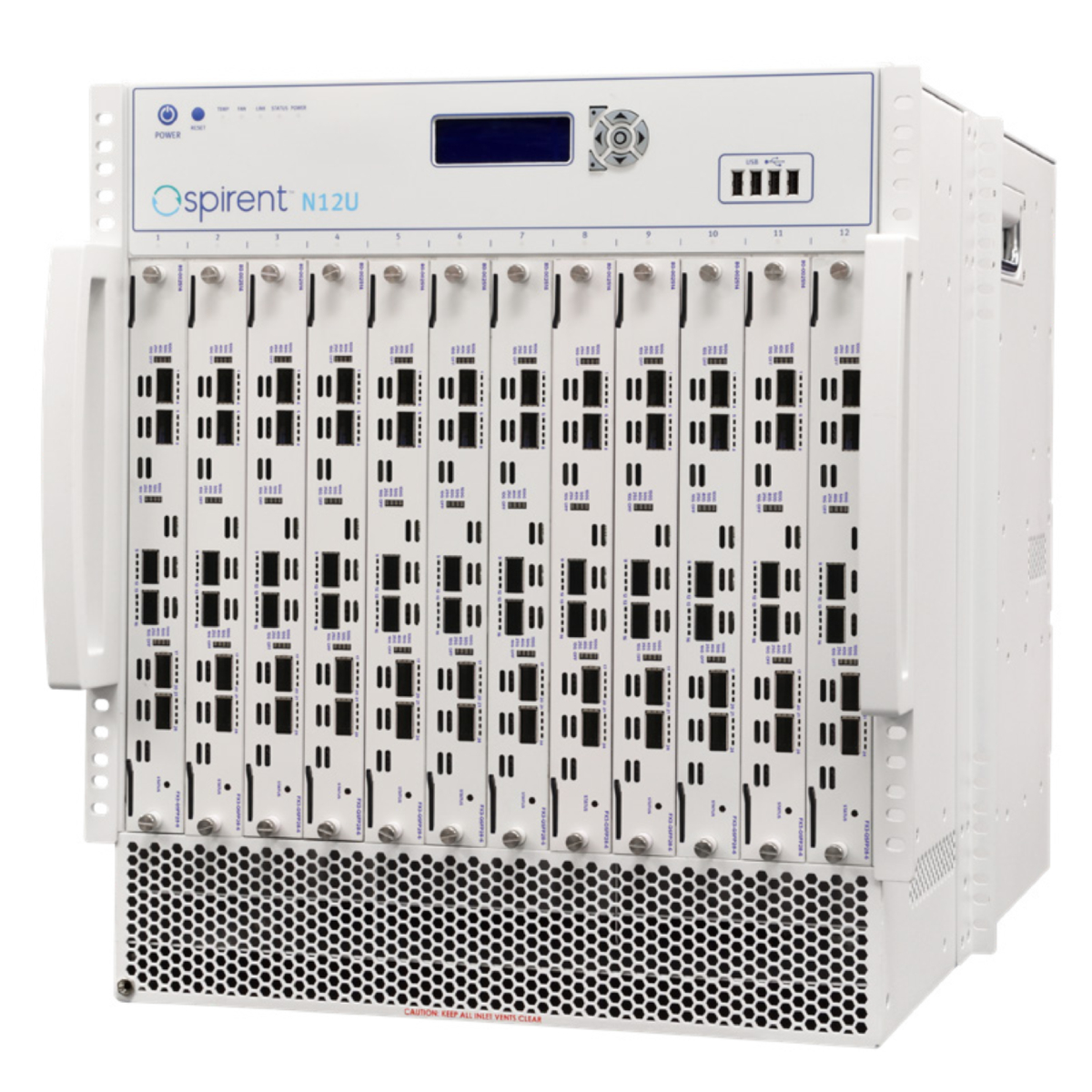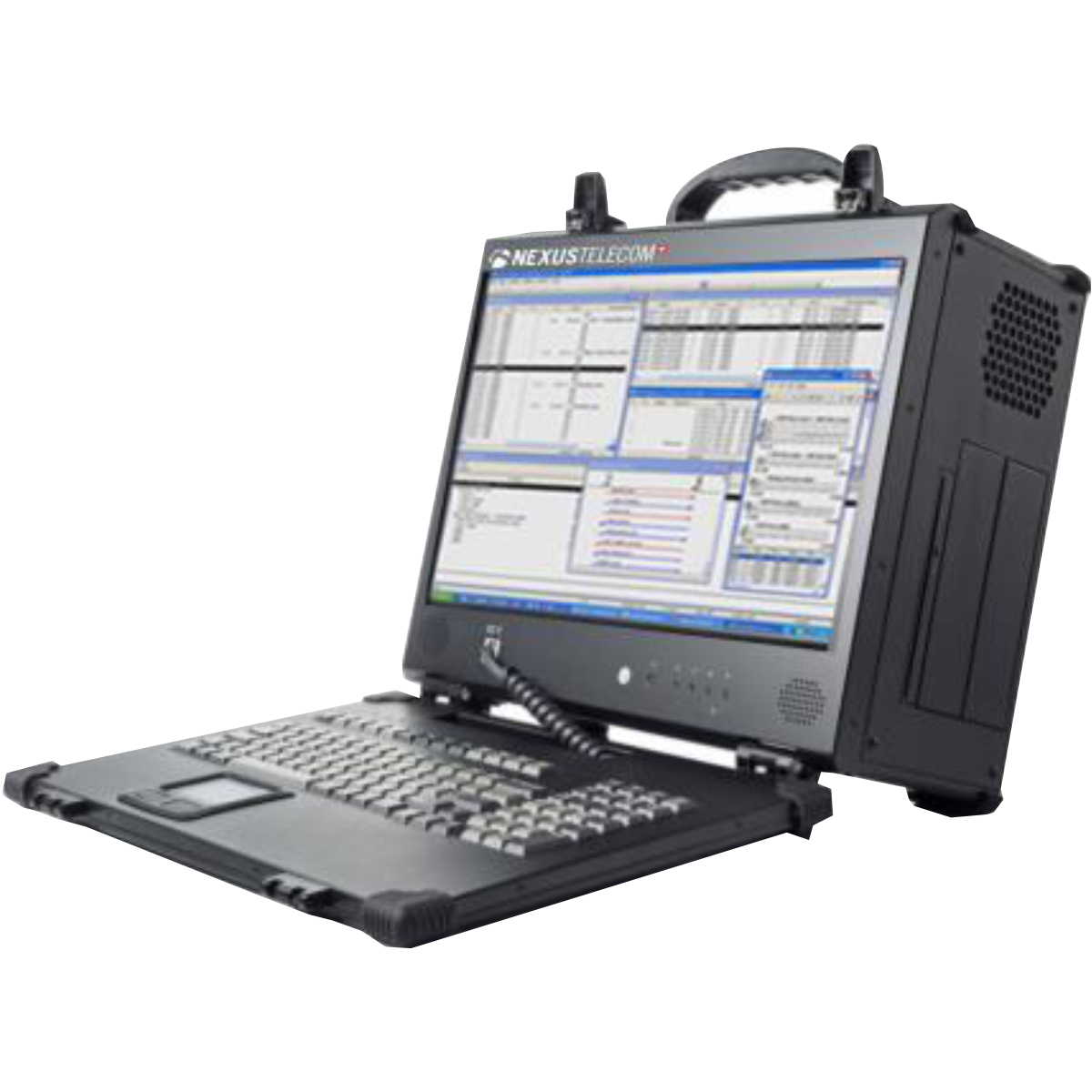Powering the digital world with IP MPLS
Multi-Protocol Label Switching (MPLS) is a protocol designed to get packets of data to their destinations quickly and efficiently. Multiprotocol means that the system does not depend on any particular protocol to operate and enables to forward a variety of different types of data, regardless of the protocol used to organize them. Label switching refers to the fact that system routers form a label-switched predetermined path that routes the traffic within the network. MPLS testing essentially involves sending appropriately formatted MPLS packets through an MPLS provisioned network and verifying Connectivity, that is whether traffic is properly routed to the correct destination and Performance which includes QoS characteristics like Packet Loss, Latency, and Bandwidth.








